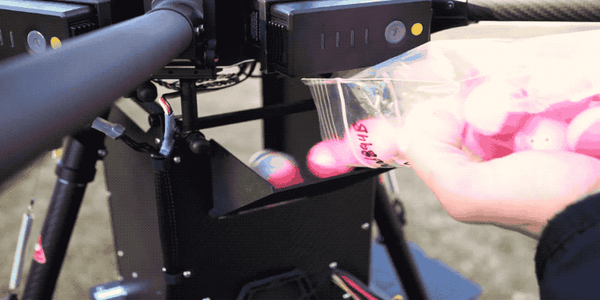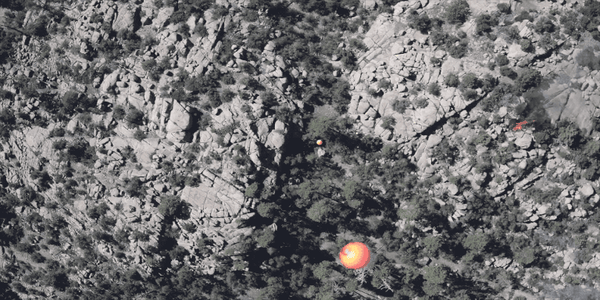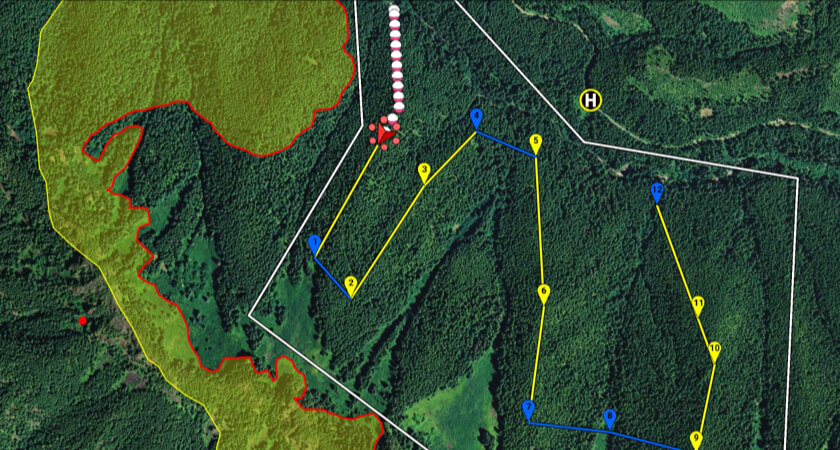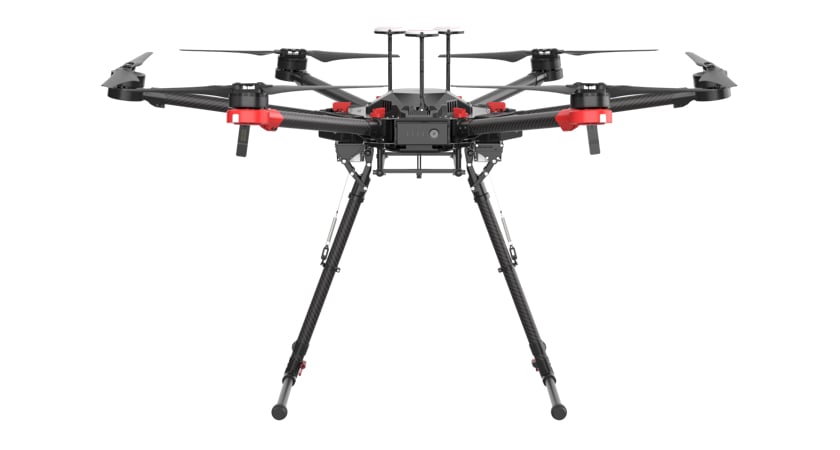Across the world, the magnitude and frequency of wildfires are escalating rapidly. In California, six out of the top twenty largest wildfires in the state’s history occurred in 2020. So devastating was the destruction that a new term was even coined - the world’s first “gigafire”– an unprecedented blaze spanning more than one million acres, or more than five times the size of New York City.
In Australia, the so-called Black Summer bushfire season of 2019/20 consumed an estimated 46 million acres and destroying almost 6,000 buildings in the process. With nearly 80 percent of the entire population directly or indirectly affected by the fires, estimated property damage and economic losses were in excess of $70 billion USD, making it the most expensive natural disaster in Australia's history.
Elsewhere, the Amazon suffered the worst destruction seen in over a decade with the volume of fires in the wetland Pantanal region matching that of the last six years combined. Meanwhile in the Arctic, a Siberian heatwave resulted in temperatures reaching an extraordinary 38°C (100°F) contributing to another summer of wildfires that outstripped the record-breaking blazes seen the previous year.
Firefighting Drones for Prescribed Burns
As the frequency and severity of wildfires grow, our ability to protect people and property from the blazes will be put to the test. Sadly, since 2000, some 400 wildfire fighters were killed in the course of their duties and some experts have voiced concerns this number is set to rise. Fortunately, new technologies are emerging to meet these challenges, such as IGNIS; the innovative new firefighting drone solution that allows firefighters to remotely conduct controlled burning operations.

Controlled, or prescribed, burning, is a critical component of wildfire prevention in which fires are deliberately started under controlled conditions in order to reduce fuel build-up. Active wildfires can also be curbed by controlled burns which deprive them of fuel. While controlled burns are traditionally lit with handheld drip torches, IGNIS enables firefighters to conduct operations remotely, increasing both their safety and the scale of the operation.
“IGNIS was developed as an answer to how best protect firefighters from the inherent dangers of prescribed burning”, says Carrick Detweiler, CEO of Drone Amplified and brainchild behind the IGNIS system, “On average, 17 wildfire fighters die each year in the US alone but, by utilizing drone firefighting technology, firefighters are able to safely ignite fires from remote positions without any need to expose personnel to dangerous situations.”
A complete wildfire drone solution
Leveraged by a Matrice 600 Pro, IGNIS carries a payload of ping-pong ball-sized ignition spheres filled with potassium permanganate. Before being dropped to the ground, individual spheres are injected with ethylene glycol starting a chemical reaction that causes them to ignite some 30-40 seconds later.



Deceptively simple, the system is backed-up by some remarkably sophisticated technology that gives firefighters complete control over where and how to set to blazes. Users can choose fly missions manually or use the IGNIS app to set a series of waypoints for automated flights.
Accurate topographic overlays can be uploaded so that flight paths and altitude parameters can be set according to the actual terrain. When users set specific spacing patterns for sphere drops for wider or more focused fires, IGNIS will automatically adjust sphere deployment to compensate for changes in velocity and wind speed. The onboard Zenmuse XT2 thermal camera also means that firefighters can watch how controlled fires are progressing in real-time and make adjustments on the fly.

Full integration with the M600 Pro
IGNIS was designed to be fully integrated with the drone platform carrying it - the M600 Pro. Fully loaded, IGNIS weighs 4kg and requires a drone not only with heavy lifting capability but also with the battery life to withstand 20-30 minute flight times.

“The most important thing though is reliability and stability,” says Detweiler, “tackling wildfires means working in remote locations under huge pressures and your firefighting drone needs to fly in hot and turbulent conditions. So, having a simple, reliable system that works, is crucial.”
Controlled burns: drones vs. helicopters
Alongside handheld drip torches, the most common method for prescribed burning operations is by helicopter. Currently, helicopters use a similar system to IGNIS for ignitions, albeit on a larger scale. However, helicopters also come with their own risks.
“Unfortunately, roughly 25% of firefighter deaths are related to aviation,” says Detweiler, “and, while they are still incredibly useful tools in fighting wildfires, they are still taking personnel into danger rather than away from it, which is one of the key things that drone firefighting technology overcomes.”
Helicopter operations are also extremely expensive. While the safety of personnel will always be a priority, with some $60 billion a year spent on managing wildfires in the US alone, cost is an increasing factor in wildfire prevention. However, according to a study by the US Department of Agriculture, drone-based aerial ignition operations would cost just $1,800 a day compared to the $16,000 a day needed for helicopter operations.1
“Compared to helicopters, drones are many orders of magnitude cheaper,” says Detweiler, “and they are also more versatile.” Controlled burning by hand limits operations to relatively small areas while there are many operations that are simply not big enough to warrant the expense of a helicopter. IGNIS bridges that gap making medium-sized operations much more viable.

Nighttime and low-visibility drone firefighting
Unlike helicopters, IGNIS is also not limited to day-time missions. Rather, with the thermal imaging capacity of the Zenmuse XT2, operations can be conducted at night, something that was previously impossible.
Like other firefighting drones, thermal imaging also allows IGNIS to see through smoke and other obstructions to get a much more accurate picture of how a wildfire is changing and progressing beneath.
Wildfires aside, this technology has already been successfully deployed across multiple firefighting scenarios, both rural and urban. Drone-mounted thermal cameras give firefighters the ability to locate hotspots and heat signatures, drastically increasing the safety of operations and reducing the time it takes to bring flames under control. In structural fires especially, the ability to quickly and accurately see how a fire is moving through a building actively saves lives.
Fighting fire with fire
For Detweiler, “firefighting drones are revolutionary and, for wildfires specifically, IGNIS is a gamechanger. Simply put, it is far less dangerous and far less expensive to send drones into active fire areas than sending in humans or trying to navigate with a helicopter.”
Images and videos were provided by DroneAmplified. To learn more, please visit DroneAmplified.
1. https://droneamplified.com/drone-prescribed-burning-saves-14000-a-day-usda/



.png?width=300&name=FH2%20update%20(1).png)
-1.png?width=300&name=HS%20-%20Featured%20Images%20(3)-1.png)
